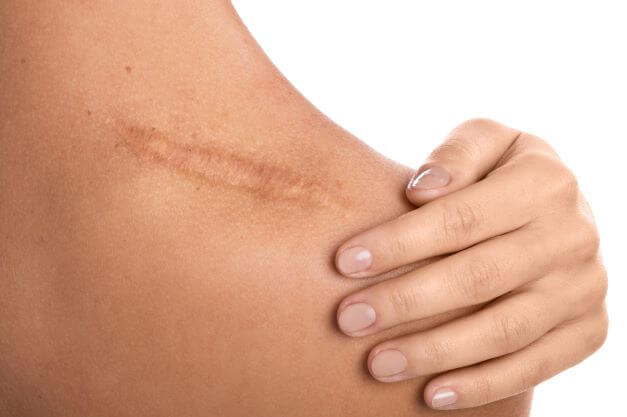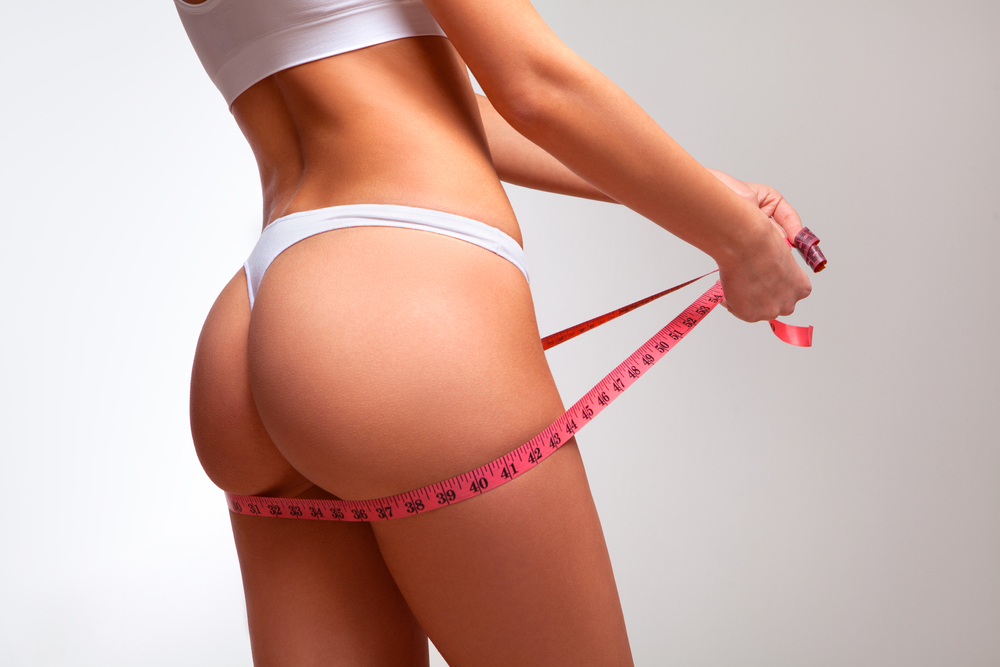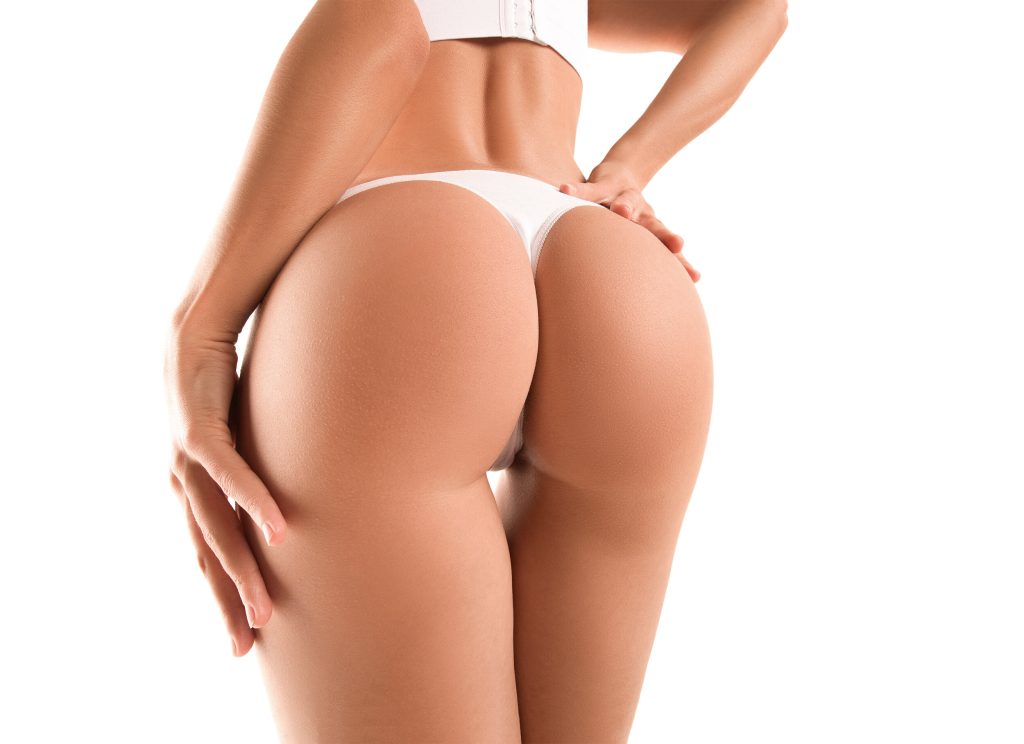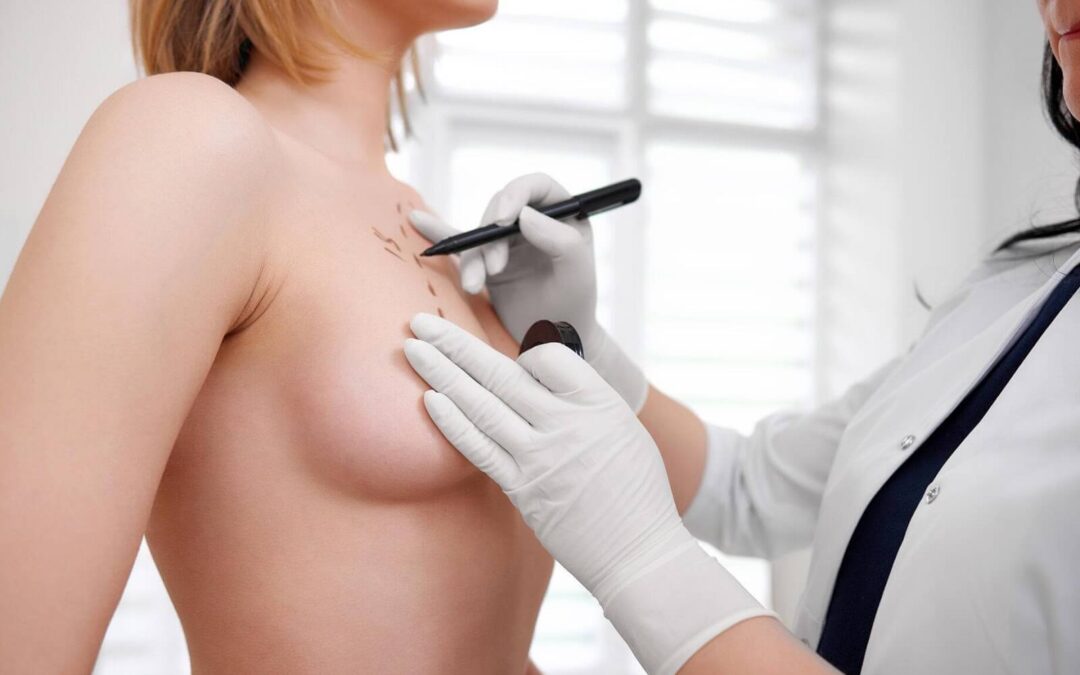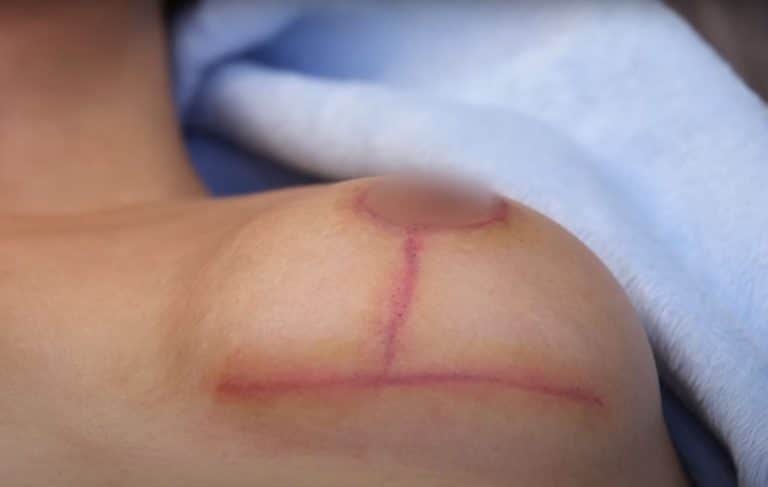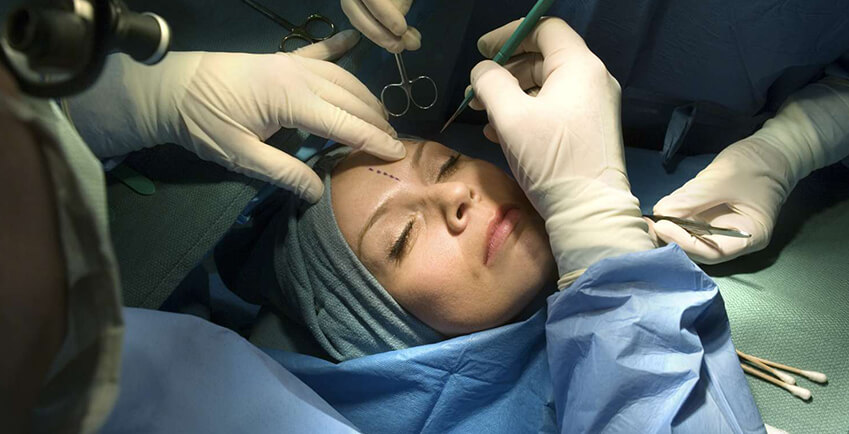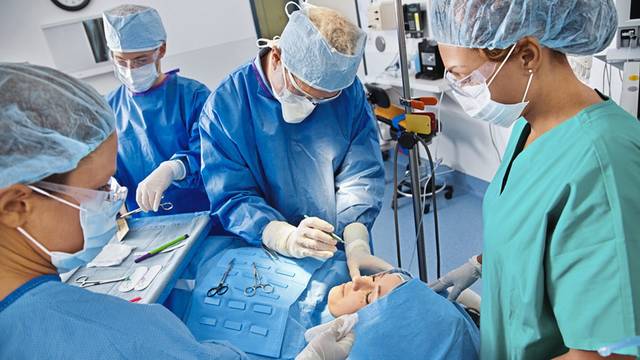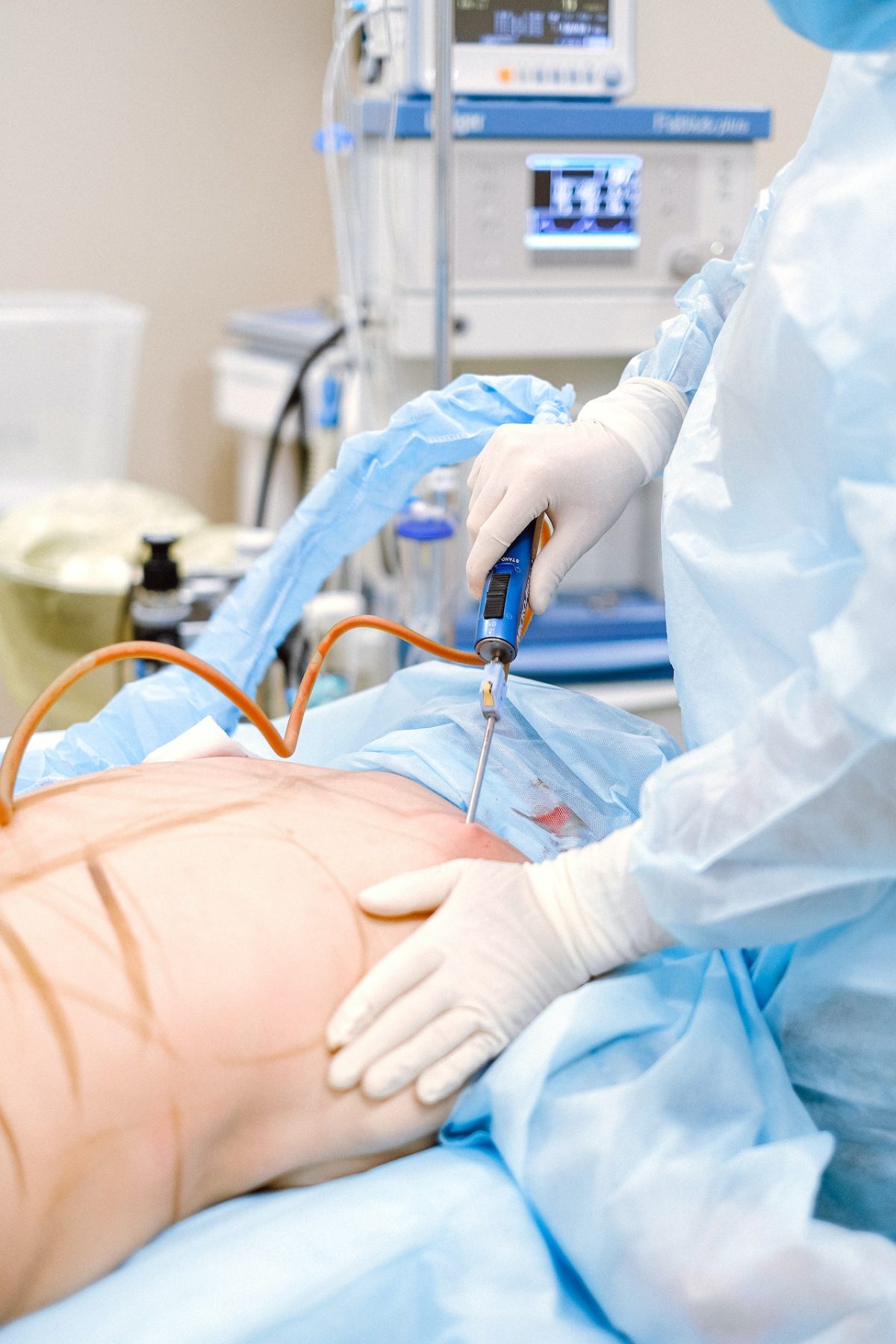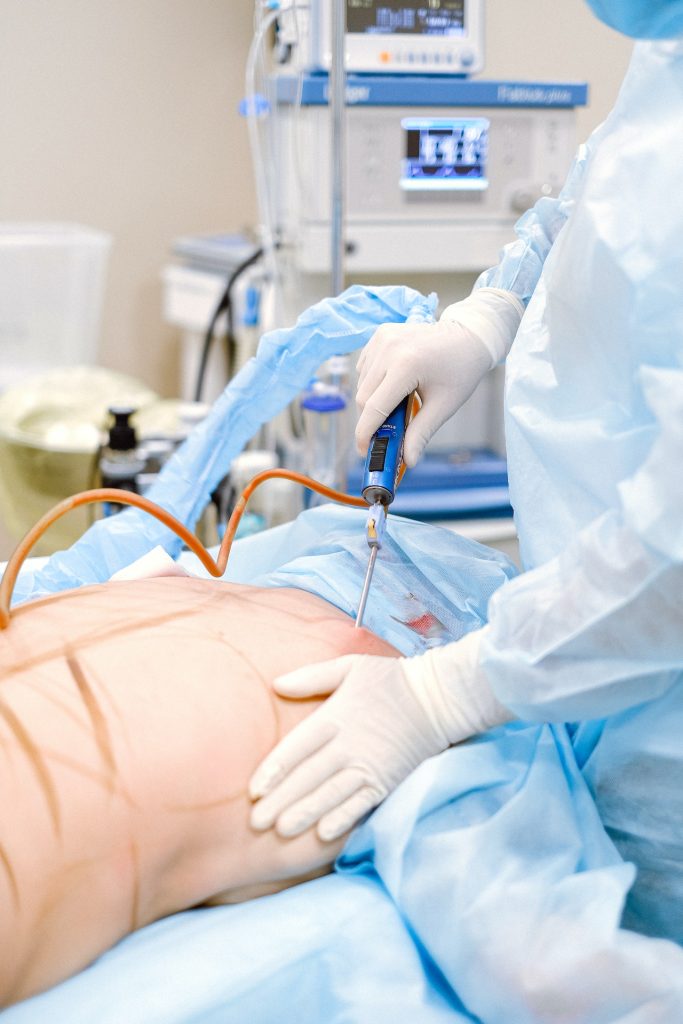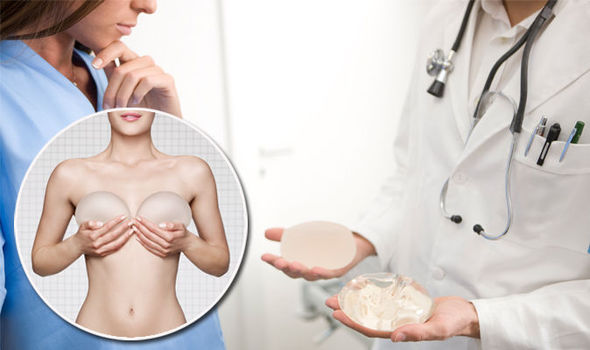Ever wondered how a subtle change can dramatically enhance your facial harmony? Chin augmentation stands out as that game-changer, offering both men and women the chance to balance their features with just one procedure. In the world where first impressions count, this could be your secret weapon. From boosting confidence to reshaping perceptions, chin augmentation is more than just cosmetic surgery; it’s a doorway to newfound self-assurance and presence. Let’s dive into why this might just be the transformation you’ve been searching for.
Recognizing Signs and Causes of Scars
Scar Types
Scars vary based on how they look and feel. Keloids are raised, extend beyond the original injury, and may keep growing. Hypertrophic scars are also raised but stay within the injury site. Atrophic scars, like acne scars, create sunken areas in the skin.
Keloids often appear shiny and can be red or darker than your skin. They might itch or hurt. Hypertrophic scars are thick and red but become less noticeable over time. Acne leaves atrophic scars that make your skin look uneven.
Genetic Factors
Your genes play a big role in scar formation. People with darker skin types may develop keloids more easily than those with lighter skin.
If your family has a history of keloid or hypertrophic scarring, you’re at higher risk too. Genetics determine not just scar type but also healing speed and quality.
External Influences
Infection can worsen scarring by delaying healing or causing more damage to the area. Sun exposure can also affect scar appearance negatively by darkening them especially if they’re new.
Delayed healing due to infection makes it harder for damaged skin to recover smoothly, leading to rougher-looking scars. Protecting an injured area from the sun helps minimize discoloration and promotes better healing outcomes.
Recognizing different types of scars is key for effective treatment options later on:
-
Keloid: Raised beyond injury
-
Hypertrophic: Raised but contained
-
Atrophic: Sunken areas (e.g., acne)
Factors influencing scarring include genetics, infection presence, delayed recovery processes, plus external elements like sunlight exposure impacting overall appearance significantly.
Minimizing Scars Through Proper Wound Care
Clean and Moist
Keeping the wound clean is crucial after chin augmentation surgery. This prevents infection, which can worsen scarring. Gently washing the incision area with soap and water does the job. Then, applying a thin layer of prescribed ointment keeps it moist.
Moisture aids in healing by preventing the wound from drying out and cracking. This speeds up the recovery process. It’s important not to let dressings become wet or dirty to protect against bacteria.
Silicone Treatment
Silicone sheets or gel are often recommended for scar management. They help flatten and fade scars over time by hydrating the tissue. Applying silicone products directly on healed incisions works best.
This method has been proven effective for many patients undergoing surgery. The silicone forms a protective barrier that also supports skin hydration, essential for healing.
Sun Protection
Sun exposure can darken scars, making them more noticeable. It’s vital to cover your chin with sunscreen or clothing when outside, especially during peak sunlight hours.
Using a broad-spectrum sunscreen with at least SPF 30 protects against UVA and UVB rays. Reapplying every two hours ensures continuous protection if you’re spending extended periods outdoors.
Identifying Different Types of Scars and Their Treatments
Scar Types
Scars vary in type and texture. Knowing the difference helps choose the right treatment.
Keloid scars grow beyond wound boundaries. They are thick, raised, and may hinder movement. Hypertrophic scars are similar but stay within injury limits. Contracture scars occur after burns, tightening skin and affecting mobility. Acne scars leave pits or bumpy areas on the skin.
Treatment Options
Each scar type responds differently to treatments.
Laser therapy can smooth out acne and hypertrophic scars by removing top skin layers. It’s less effective for keloids due to their thickness. Corticosteroid injections help flatten keloid and hypertrophic scars over time. Cryotherapy freezes small keloids, making them easier to remove. Surgical removal is a last resort for severe cases where other treatments fail.
Consider your skin type before choosing a treatment. Some methods might not suit sensitive skins or certain textures.
Techniques to Minimize the Appearance of Scars After Chin Augmentation
Incision Sites
Choosing the right incision sites is crucial. Surgeons often opt for areas that can hide scars well.
For chin augmentation, incisions are usually made under the chin or inside the mouth. These spots are less visible, helping minimize noticeable scarring.
Pressure Garments
Post-surgery care is key to healing. Wearing pressure garments or applying silicone sheets can help.
These methods apply gentle pressure on scars, making them less raised and noticeable. Silicone gel also promotes faster healing and improves scar appearance.
Early Interventions
Starting treatments early can make a big difference in scar texture improvement.
Laser treatments target scar tissue directly, breaking it down over time. Microneedling stimulates skin regeneration, leading to smoother skin around scars.
Both techniques require multiple sessions for best results but are effective in reducing scar visibility after chin augmentation.
The Role of Scar Massage and Medicated Products in Scar Reduction
Regular Massage
Regular massage plays a crucial role in scar reduction. It helps break down scar tissue and enhances flexibility around the chin augmentation area. By applying gentle pressure, you stimulate blood flow. This process aids in healing.
Massage should be done carefully to avoid irritation. Start once the wound has properly healed. Use soft, circular motions for effectiveness.
Medicated Products
Medicated products significantly improve scar appearance after chin augmentation. Onion extract gels and silicone-based products are particularly beneficial.
-
Onion extract gels reduce redness and swelling.
-
Silicone-based products flatten and soften scars over time.
For best results, use these products consistently over several months. Patience is key to seeing noticeable changes in your scar’s appearance.
Steroid injections are another option for stubborn scars but consult a professional first.
Exploring Advanced Scar Minimization Treatments
Laser Therapy
Laser therapy, especially fractional laser therapy, is a game-changer in scar treatment. It works by sending precise lasers to the skin, which helps resurface the top layer. This process significantly reduces the visibility of scars.
Fractional laser therapy stands out because it targets small sections of skin at a time. This approach allows for deeper penetration without damaging surrounding areas. The result? A smoother skin surface with less noticeable scars.
PRP Injections
Platelet-rich plasma (PRP) injections are another innovative option for minimizing scars. They use your blood’s platelets to promote healing and reduce scarring.
A dermatologist or surgeon draws a small amount of your blood. Then, they separate the platelets and inject them into the scarred area. These platelets release growth factors that speed up healing and improve skin texture.
Stem Cell Therapy
Exploration into stem cell therapy as a cutting-edge option is exciting for those seeking advanced scar treatments. Stem cells have the potential to regenerate damaged tissue, offering hope for more effective scar reduction.
Though still under research, stem cell therapy could revolutionize how we treat scars in the future.
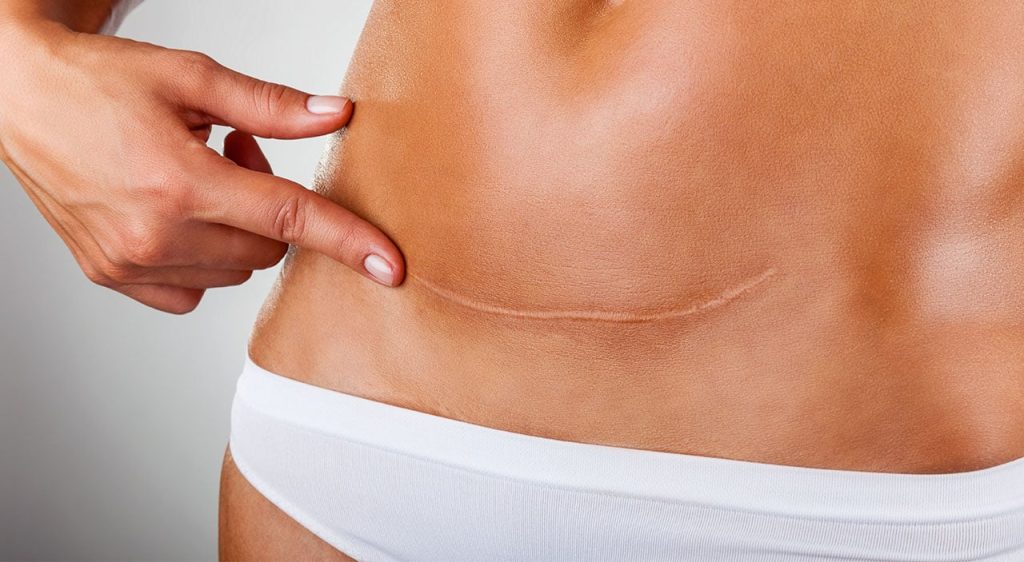
Dos and Don’ts for Scar Prevention and Management
Keep Clean
Keeping the wound clean is essential. Wash gently with soap and water. This prevents infection, which can worsen scars.
Don’t pick at scabs or stitches. It’s tempting, but it can cause more harm than good. Picking can introduce bacteria and delay healing.
Use Sunscreen
Apply sunscreen on scars before going outside. UV rays can darken scars, making them more noticeable.
Avoid direct sunlight on fresh scars. The sun’s rays are strong and can hinder the healing process.
Healthy Diet
Follow a healthy diet rich in vitamins A, C, and E. These nutrients support skin health and speed up healing.
Don’t smoke during the recovery process from chin augmentation or any surgery that involves skin incisions; smoking delays healing by restricting blood flow to the skin.
When to Seek Professional Help for Scar Management
Persistent Scars
Scars might not always fade away with home treatments. If you see your scar remaining persistent or getting worse, it’s a sign. This includes scars that stay raised, darkened, or large despite your efforts.
Home remedies like moisturizing and gentle massage can help. But sometimes, they’re not enough. If months pass and there’s no change, consider seeking help.
Unusual Symptoms
Sometimes scars behave oddly. They might hurt, swell up, or change colors. These are red flags.
Pain could mean the scar is not healing right. Swelling and color changes might suggest an infection or other issues. Don’t ignore these signs.
Cosmetic Concerns
For many people, how a scar looks matters a lot. You may think about cosmetic procedures if you’re unhappy with your scar’s appearance.
Options include fillers to plump up indented scars or surgical revision to reduce size or change the shape of the scar.
Final Remarks
Navigating the journey of chin augmentation and scar management can feel like trekking through a maze—confusing and sometimes daunting. But armed with the right knowledge, from recognizing signs of scars to mastering advanced treatments, you’re now equipped to face this challenge head-on. Remember, every scar tells a story, and with the strategies you’ve learned, you’re in control of how that story unfolds. It’s not just about minimizing scars; it’s about boosting your confidence and embracing your journey towards self-improvement.
Don’t let scars dim your shine. Embrace the tips and tricks you’ve discovered, and if things get tricky, seeking professional help is a smart move. Your path to a confident smile and a radiant complexion is clearer now. So, what are you waiting for? Take the leap, apply what you’ve learned, and step into a world where you feel unstoppable. Let’s turn those scars into stars!
Frequently Asked Questions
How can I tell if my scar is normal after chin augmentation?
It’s common to see some redness and swelling around the scar initially. If it starts looking raised, overly red, or spreads out, you might want to check in with your doctor. Think of it as your body’s way of saying, “Hey, keep an eye on this.”
What are some effective ways to care for my wound post-chin augmentation to minimize scarring?
Keep the area clean and moisturized. It’s like tending a garden; gentle care encourages better healing. Also, follow any specific advice from your surgeon—consider them your gardening guidebook.
Can different types of scars appear after chin augmentation? How are they treated?
Yes! You could get keloids (think puffy scars) or hypertrophic scars (red and raised). Treatments range from silicone sheets (like putting a bandage on it) to steroid injections (the big guns).
What techniques help reduce the appearance of scars following chin augmentation?
Imagine gently massaging the scar as smoothing out a wrinkle in silk—it helps flatten and soften its appearance over time. Silicone gels also work wonders by creating a protective shield.
How does scar massage help in reducing its appearance post-surgery?
Scar massage is like telling your skin to chill out and relax. It breaks down hard tissue, making the scar softer and less noticeable—kinda like kneading dough until it’s nice and smooth.
Are there advanced treatments for minimizing scars if regular methods don’t cut it?
Absolutely! Laser therapy beams away at stubborn scars like erasing pencil marks, while microneedling tells your skin to reboot itself for smoother terrain.
When should I consider getting professional help for managing my chin surgery scar?
If that little line turns into something more attention-grabbing than you’d like—getting bigger instead of smaller or changing colors—it’s time to call in the pros. They’ve got the tools and know-how when DIY just doesn’t do it.



